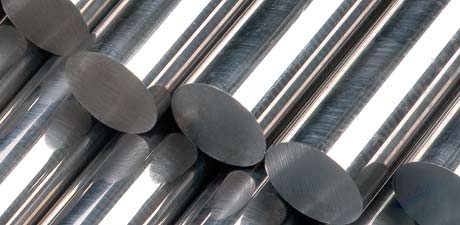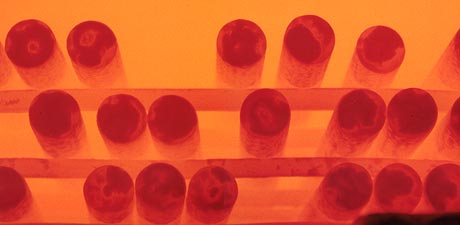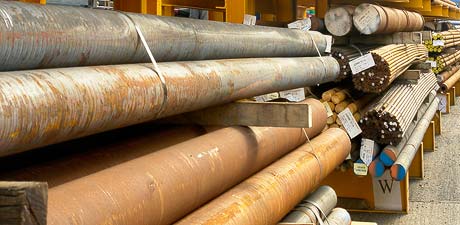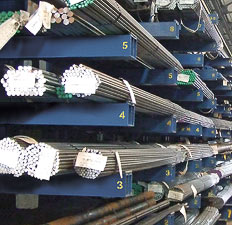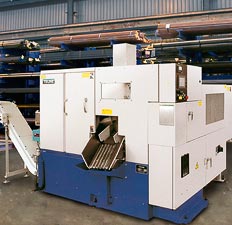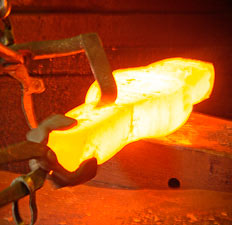Technical Data
Influence of elements in commercial steels
Steel is effectively iron with controlled additions of specific alloying elements to achieve the required properties of the specification and impurities which have been reduced in concentration to an acceptable level.
The main alloying elements added to commercial steels are:
Aluminium. (Al).
As a deoxidizer, up to 0.05% aluminium may be added to steel. For increasing fine grain characteristics or sub-zero impact properties, up to 0.10% may be added. Nitriding steels contain about 1% aluminium for promoting a high surface hardness when heated in ammonia. Still larger additions made to heat resisting steels promote resistance to scaling. Approximately 5% aluminium added to 12% chromium steel increases electrical resistivity.
Boron. (B).
The addition of about 0.002% of boron confers increased hardenability to steels in the quenched and tempered condition. Further, it has been found that the addition of 0.003% boron to low carbon, 0.50% molybdenum steel in the normalized condition doubles the yield strength and gives a 30% increase in tensile strength, but the advantage due to boron is very slight when molybdenum is less than 0.35%. However, in amounts exceeding 0.03%, boron causes difficulty in forging. As much as 2% boron may be added to steels used in nuclear engineering.
Calcium. (Ca).
Calcium is added to low alloy steels with controlled sulphur contents to achieve a modification of the inclusions. This inclusion modified steel has improved machinability and there is some improvement to the mechanical properties.
Calcium is also used as a deoxidizing agent.
Carbon. (C).
Carbon is the most important element in steel. By increasing the carbon content the strength and hardenability of steel will increase, however, the ductility will decrease.
Chromium. (Cr).
As an alloying element in steel, chromium increases the hardenability and in association with high carbon gives resistance to abrasion and wear. In structural steels it may be present in levels up to approximately 3%. For most structural applications chromium is used in conjunction with up to 4% nickel and small amounts of molybdenum or vanadium.
Copper. (Cu).
The addition of 0.25 – 0.55% copper, together with 0.4 – 0.8% chromium will increase the resistance of mild steel to atmospheric corrosion. An addition of approximately 0.5% copper will increase the tensile properties of the steel.
Lead. (Pb).
The addition of about 0.25% lead improves machinability. It also causes a reduction in fatigue strength, ductility and toughness, but this only becomes serious in the transverse direction and at high tensile levels.


